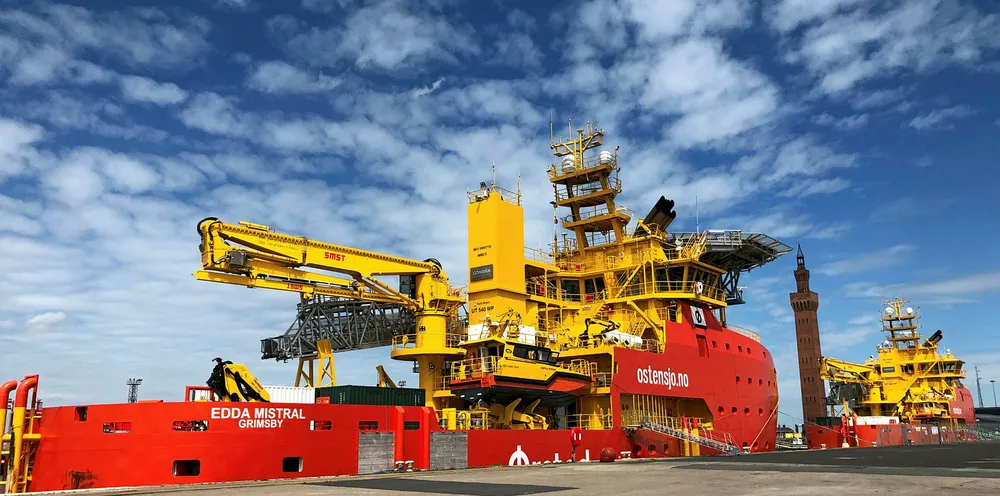Hornsea 1's wave-breaking, horse urine-powered O&M vessel
A helipad, a heave-compensation gangway, and a urea-fuelled engine – Edda Mistral claims many 'firsts' at world's biggest offshore wind farm

A helipad, a heave-compensation gangway, and a urea-fuelled engine – Edda Mistral claims many 'firsts' at world's biggest offshore wind farm
